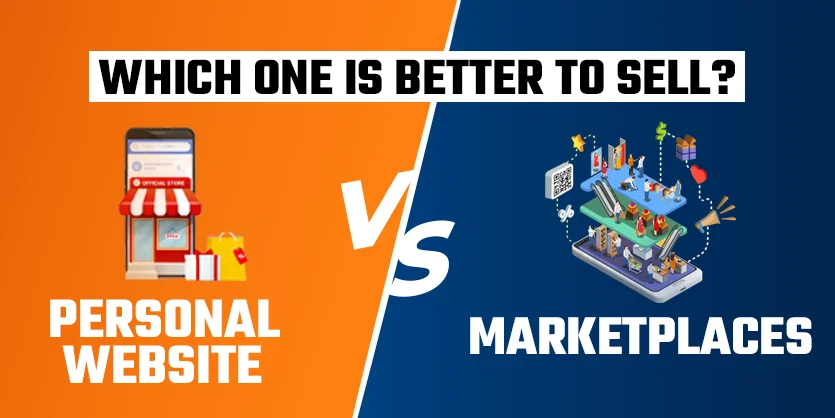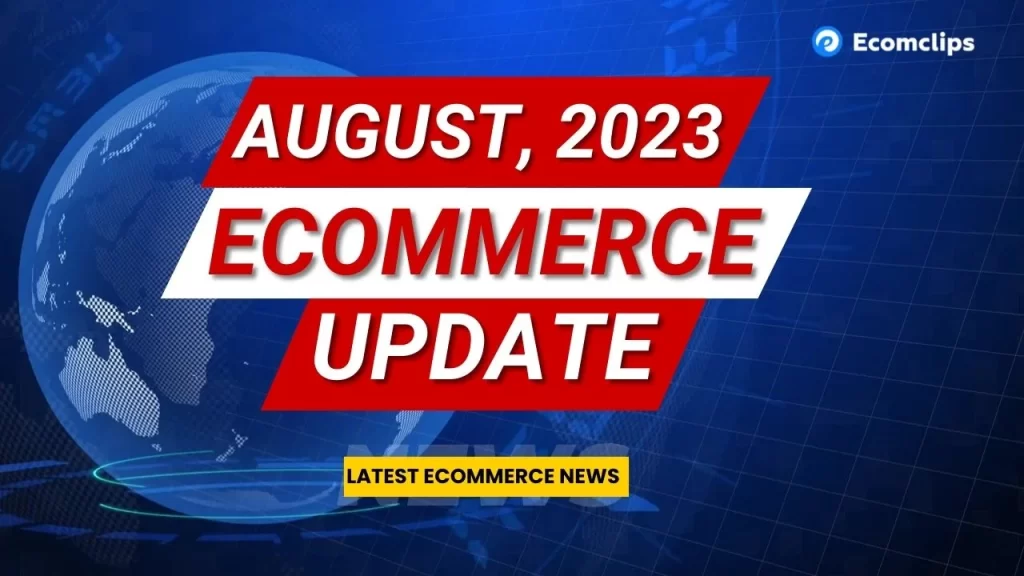In this era of online shopping, global eCommerce has increased from 15% of total retail sales in 2019 to 21% in 2021. And as of today, it sits at an estimated 22% of sales around the globe. So if you are thinking about starting an eCommerce business, there’s no better time than now. But, success lies in the pre-start-up phase. You have to be determined, dedicated, and most importantly prepared with a perfect plan to execute. Because it’s far more competitive than ever.
Starting an eCommerce business requires all of your attention and determination. Before you start, prepare yourself for the online business world. Learn about the challenges you will face and ways to overcome them. To assist you with this, I will talk about 6 essential things that will help you to –
- Have a better vision
- Prepare for obstacles to face
- Launch your business successfully
- And make your business sustainable
Business Modules
There are business modules that defer the pre-start-up phase. These are:
- B2B – Business-to-business
- B2C – Business-to-customer
- C2C – Customer-to-customer
- C2B – Consumer-to-business
You have to choose what type of business you want to run. On the basis of that start preparing and setting goals for your business. B2C, known as Business-to-customer, is the most popular and common among online retail sellers. It is tough to talk about every module in a single article, so in this guide, I will focus on the B2C Ecommerce business module only. So if you are thinking about starting a B2C business, go through this guide.
What to Sell: Choosing Product
The first thing to do is select a product to sell. For doing any type of business you need to sell something. That can be a product or a service.
What should you sell? It’s the most basic and important question. New sellers find it hard to answer the question. People are often overwhelmed while selecting a product. Cause a huge amount of choices are available. For starters, it’s important to research before selecting a product. Try to find products which have regular demand. Look for ongoing trending items. There are lots of online resources that talk about products that you should consider. You will find a lot of options.
Leave behind products that are:
- Too easy to buy locally – If it’s easy to find the product locally no one will be interested to buy it from you.
- Fragile – It’s risky for new retailers to sell fragile items. Better skip this type of product at an early stage.
- Too heavy or large – Shipping cost varies depending on weight. Larger items need more space to store. The new seller ought to offer lower shipping costs to customers to attract them. Strategically it’s better to leave such items.
- Sold by prominent brands – Buyers trust prominent brand products and become their loyal customers. So, you should avoid popular items sold by dominant brands.
Make a list of possible products that you can sell. While selecting products to sell, you must validate your product market. Analyze the market value of the products. Look for the customer base.
- What’s the size of the market?
- Are there buyers in the market for your product?
- Who are your customers?
- Where are they geographically?
Do some demographic research on your customers.
Depending on these, make the product list shorter. Then, dig into online marketplaces and trending websites like Reddit, Pinterest, google trends, etc. to be more specific about choosing products.
Where to Sell: Choosing Sales Channel
After you have got your product, you must decide where you should sell the product. There are options available for you to choose from. You can –
- Create your own site
- You can sell on online marketplaces, like Amazon, eBay, Walmart, etc.
These are the two most popular choices among new sellers.
If you build a website, you have full control over your business and customers. But you have to put extra effort into driving traffic to your online store site. If you sell on marketplaces you will have huge traffic from the start, but you have to do business under the umbrella of marketplaces. Also, have to compete with already established prominent sellers.
While choosing a sales channel, consider your product. Specific marketplaces are popular for certain products, i.e. for automotive and used items eBay is the best option, and for handmade items, ETSY is the right place to sell.
Consider the below points before confirming a sales channel.
- Strengths and limitations of sales channels
- Geographical Location of your business
- Product Type
- Customer Base
- Costing
Plan to Compete: Competitor Analysis
E-commerce business is all about competition and standing out from the crowd. It’s a must to do thorough research on competitors. Once you have confirmed the product and sales channel, you can easily find out with whom you’re competing. You should know who is selling products like yours. Look for their customer base, and whom they are targeting to sell.
By doing competitor research you will gather knowledge about the market, and competition, and overall you will know what type of challenges you can face in the near future. You will learn about the strength and limitations of your competitor and prepare yourself to fulfill those gaps and come up with a strong business plan. Competition means the availability of customers for the product.
During competitor analysis do not forget to look for:
- Competitor’s market share
- Value point of their products
- Target customer base
- The price range of their items
Do not skip this part, it’s one of the differentials between a successful business and a failed business.
Get Products: How to Obtain Products
Sourcing your products is the next big plan to start your business. There are four methods to source your products.
- Making your own products – You can make your own products. Handmade products are lower in price and are unique. It gives you full control over quality and branding. But it has some downside also. Time commitment and scalability are common issues if you make your own products.
- Hire manufacturer – You can hire a manufacturer to produce your products. If you have a unique idea about a product and you can create demand in the market. It requires a large upfront cost. You should look for different manufacturers to come up with the best deal.
- Buy wholesale – Buying wholesale is less risky compared to other options. Because you are buying brand products that are already in the marketplace and have high demand. If you want to run your business quickly and sell different items from the start is the best option.
- Dropshipping – Dropshipping is the cheapest option available if you want to keep the start-up cost low.
How to Grow: Prepare a Business Plan
After all that we have discussed, now is the time to lay out a proper business plan. A business plan is the roadmap to align your efforts and help you focus on what you want to achieve. You should know what to prioritize to build a successful business. A business plan helps you clarify your strategy and understand the obstacles you can face. A business plan will have these parts
- Executive summary
- Company description
- Market analysis
- Management and organization
- Products and services
- Customer segmentation
- Marketing Plan
- Logistics and operations
- Financial plan
While preparing a plan do not forget to do a SWOT analysis. You should know your strengths and weaknesses. So that you can work on them before you go out in the field. Research and build a proper business plan according to your goals.
Brand Value: Name Your Brand
You are almost prepared, nearly there, from where you can start. But to start your business you need a name, a name that will represent you on the eCommerce platform. You must come up with a name that talks about your business and your products. Look around you, you can see every successful business has a great name that becomes a brand. Take time, because naming is confusing. Think about your product and service. The name must relate to them. Also, you should create a simple but memorable and versatile logo that will be the signature of your brand. Do not take this step lightly. You can design a logo on your own or you can hire a graphic designer to create your brand logo.
Sum Up
These are the 6 most basic things you should consider before starting your eCommerce business. Think about why you are starting your business, and what is your purpose and goals. These things help you clarify your vision and reach your goal quickly. The pre-startup period is as important as starting your business. I hope this guide will make you more prepared and help prepare a well-planned business strategy.
Also, for any additional information feel free to comment below. We will get back to you soon. For more articles like this, you can sign up for our Ecomclips newsletter.



